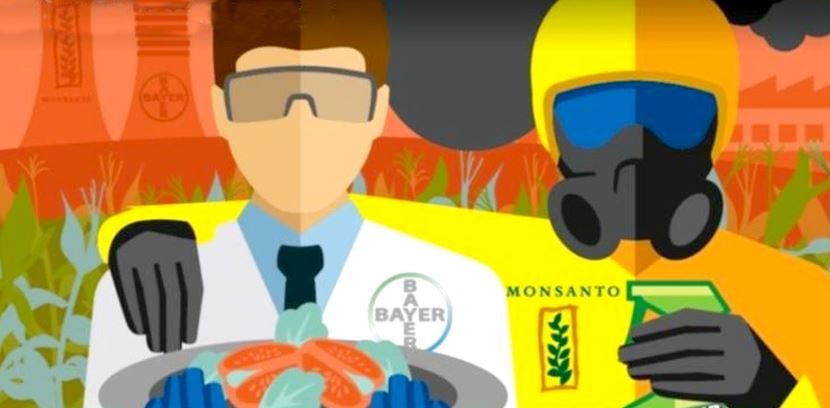Fluopicolide — toxicity, side effects, diseases and environmental impacts
12/05/2017 / By Janine Acero


List of known side effects
The following are some of the observed symptoms after experimental doses of fluopicolide in animal studies:
- Signs of eye irritation — chemosis and corneal opacities;
- Signs of irritation due to inhalation — piloerection, hunched posture, reddened nostrils.
The most common side effect observed in animal tests was a decrease in body weight gain.
In developmental toxicity studies, increased mortality, abortion, and decreased body weight gain in pregnant rabbits were observed, as well as skeletal malformations rat fetuses.
Fluopicolide is very toxic to aquatic life with long-term effects, according to the online chemistry database PubChem.
Body systems affected by fluopicolide
Fluopicolide doses mainly target the kidneys and liver. However, fluopicolide was not a skin sensitizer, and is not likely to be carcinogenic to humans.
Items that can contain by fluopicolide
Since there are no existing U.S. registrations for fluopicolide, no fluopicolide residues are expected to occur in drinking water.
Fluopicolide is applied to a number of crops, including grapes, hops, potatoes, onions, roots and tubers. Since grapes are imported, no fluopicolide residues are expected to occur in rotational crops. No livestock feed items are associated with grapes as well; no fluopicolide residues are expected to occur in livestock commodities.
How to avoid fluopicolide
Avoid products that contain fluopicolide as an active ingredient. Handlers, mixers and applicators of fluopicolide may be exposed to its fumes in the workplace. The following are some protective measurements to avoid contact with or exposure to fluopicolide:
- Use this material only in well ventilated areas. Check with the workplace regulations on using respirators during handling of fluopicolide. In case of accidental aspiration, leave the area of contamination and go to an open area with fresh air or proper ventilation. Seek medical attention immediately.
- Avoid contact with skin or clothing. Wear a protective suit, chemical-resistant gloves and safety footwear or safety gumboots. Remove any contaminated clothing item carefully, avoiding any contact with the skin. Rinse the contaminated part of the skin with soap and water.
- Do not get this material in your eyes. Wearing goggles or a face shield is required before handling any chemical. In case of contact, remove contact lenses (if applicable), then rinse with running water for several minutes. Seek medical help at once.
- Do not eat, drink or smoke near this substance. In case of swallowing any amount of fluopicolide, give plenty of water to drink. Refer for medical attention immediately.
- Refer to the workplace regulations regarding proper handling of equipment before applying chemicals.
Where to learn more
Summary
Fluopicolide is the common name for 2,6-dichloro-N-[[3-chloro-5-(trifluoromethyl)-2-pyridinyl]methyl] benzamide.
Fluopicolide is a systemic fungicide applied as a foliar treatment to potatoes, vegetables and grape vines, to name a few.
Fluopicolide controls fungal pathogens such as downy mildews, late blight and some Pythium species.
Some of the side effects of exposure to fluopicolide include chemosis, corneal opacities, piloerection, hunched posture and reddened nostrils.
Sources include:
Tagged Under: Fluopicolide



















